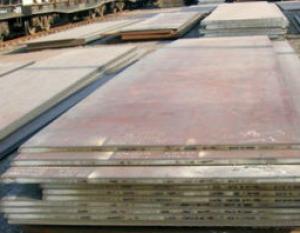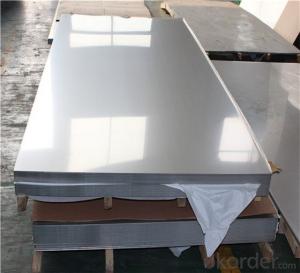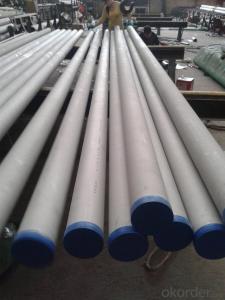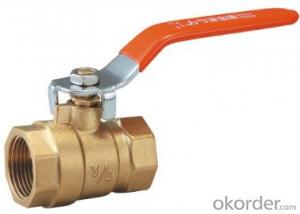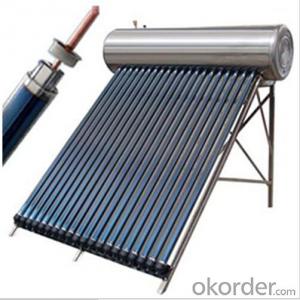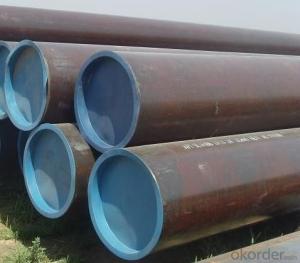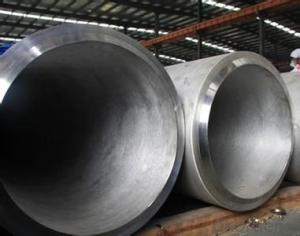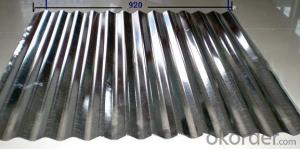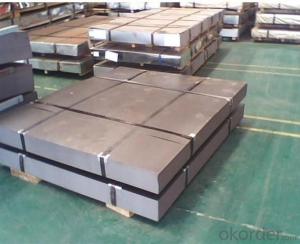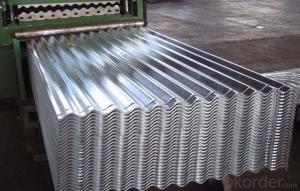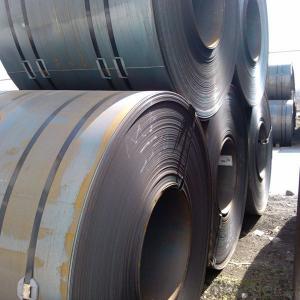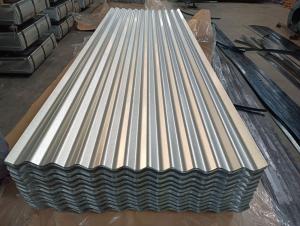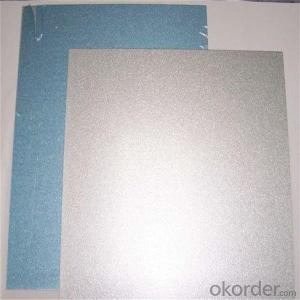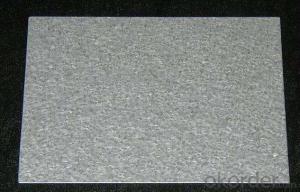Gas Ranges Stainless Steel
Gas Ranges Stainless Steel Related Searches
Best Paint For Stainless Steel Paint For Galvanized Steel Steel Frames For Furniture Self Tapping Screws For Steel Surface Grinding Wheels For Hardened Steel Hole Saw For Stainless Steel Paint For Stainless Steel Stainless Steel For Bbq Step Bit For Stainless Steel Sponge For Stainless SteelHot Searches
Cheap High Tea Sets For Sale Portable Led Signs For Sale Stone Hot Water Bottles For Sale Large Led Screens For Sale 1/4 Aluminum Plate For Sale H4 Led Headlight Bulbs For Sale Air Pump For Aquarium Price Inverter Size For Solar System Solar Thermal Collectors For Sale Used Finger Joint Machine For Sale Aluminum Dock Plate For Sale Aluminum Plate For Sale Near Me Solar Chips For Sale Solar Business For Sale Solar Controllers For Sale Pipe Staging For Sale Aluminum Stock For Sale Near Me Used Electrical Wire For Sale 6 3 Electrical Wire For Sale Steel Mesh Panels For SaleGas Ranges Stainless Steel Supplier & Manufacturer from China
Okorder.com is a professional Gas Ranges Stainless Steel supplier & manufacturer, offers integrated one-stop services including real-time quoting and online cargo tracking. We are funded by CNBM Group, a Fortune 500 enterprise and the largest Gas Ranges Stainless Steel firm in China.Hot Products
FAQ
- Certainly, furniture can be made using steel sheets. Steel, as a material, is highly versatile and offers numerous benefits in furniture construction. Its notable attributes include strength, durability, and the ability to withstand heavy loads. One can shape, weld, and fabricate steel sheets into various furniture pieces, ranging from tables and chairs to cabinets and bed frames. Moreover, steel furniture tends to exhibit resistance against rust and corrosion, making it suitable for both indoor and outdoor settings. Additionally, the sleek and modern aesthetic of steel effortlessly adds a contemporary flair to any given space.
- How can the white steel plate be bright and cleaned?
- The corrosion resistance of white steel depends mainly on its alloy composition (chromium, nickel, titanium, silicon, aluminum, etc.) and the internal structure of the alloy. The main element is chromium. Chromium has high chemical stability, can form a passive film on the steel surface, so that the metal is isolated from the outside, protect the steel plate from oxidation and increase the corrosion resistance of the steel plate. When the passive film is destroyed, the corrosion resistance will decrease.
- What is the difference between hard steel plate and soft steel plate?
- Pre hardened steel: 1. pre hardened steel prehardened is to supply, without heat treatment, but sometimes need to be modified by forging, die forging must be carried out after heat treatment.The pre heat treatment, 2. commonly used pre hardened steel ball annealing is designed to eliminate the forging stress, spheroidal pearlite, uniform hardness, improve the plasticity and improve the performance of extrusion die cutting performance or cold.3. pre hardened steel pre hardening process is simple, most of the quenching and tempering after quenching and tempering, tempering sorbite. High temperature tempering temperature range is wide, can meet the mold hardness requirements of various work. Because of this kind of steel hardenability is good, can be used when quenching oil cooling and air cooling or nitrate quenching.
- Yes, steel sheets can be commonly used in construction projects. They are versatile, durable, and provide strength and stability to structures. Steel sheets are often used for roofing, flooring, walls, and various structural components in buildings.
- Steel sheets have excellent dimensional stability. This is because steel is a strong and rigid material that resists warping, bending, and expanding or contracting due to temperature changes. It maintains its shape and size, making it an ideal choice for applications that require precise and consistent dimensions.
- The main difference between a perforated and non-perforated steel sheet lies in their respective designs and functionalities. A perforated steel sheet is characterized by having small holes or perforations evenly distributed throughout its surface. These holes can be of different shapes and sizes, depending on the specific application requirements. The primary purpose of a perforated steel sheet is to allow for the passage of air, light, sound, and liquids through the sheet, while still maintaining its structural integrity. This makes it highly suitable for applications where ventilation, filtration, or visibility is essential. Perforated steel sheets are commonly used in industries such as architecture, automotive, manufacturing, and construction, where they are employed for various purposes, including acoustic panels, protective barriers, decorative elements, and filter screens. On the other hand, a non-perforated steel sheet does not have any holes or perforations on its surface. It is a solid sheet of steel that is typically used for applications where strength, durability, and resistance to impact or abrasion are important factors. Non-perforated steel sheets are often utilized in structural engineering, machinery, shipbuilding, and heavy-duty equipment manufacturing, as they provide a solid and reliable surface for load-bearing and other demanding applications. In summary, the difference between a perforated and non-perforated steel sheet lies in their design and functionality. Perforated steel sheets have small holes throughout their surface, allowing for the passage of air, light, sound, and liquids, while non-perforated steel sheets are solid sheets without any holes, providing strength and durability for heavy-duty applications.
- Yes, steel sheets are suitable for electrical transformer cores. Steel is a commonly used material for transformer cores due to its magnetic properties, high electrical resistivity, and ability to efficiently conduct magnetic flux. It also helps in reducing energy losses and increasing the efficiency of transformers.

















